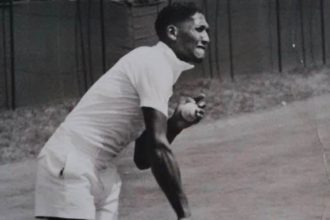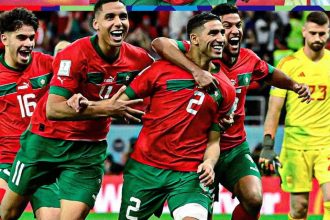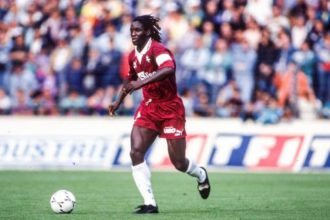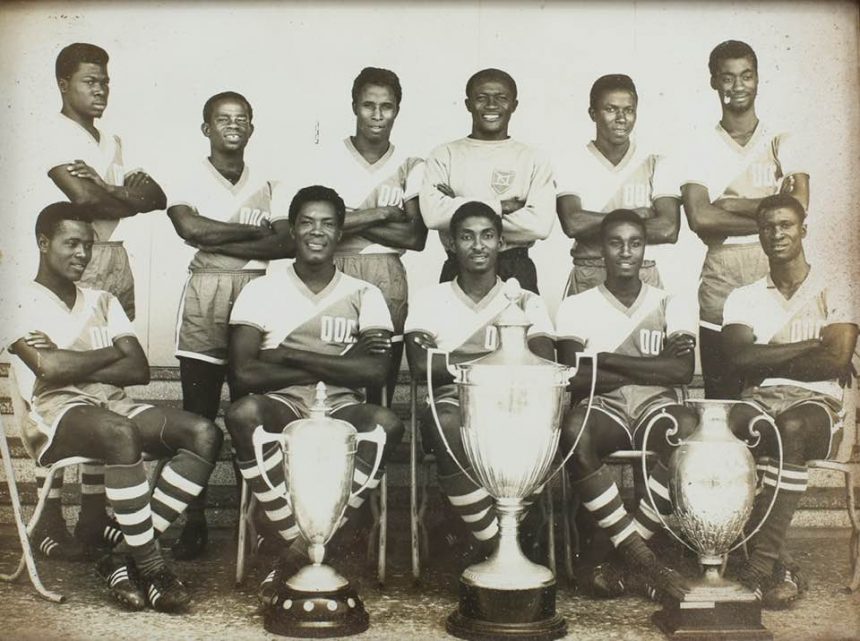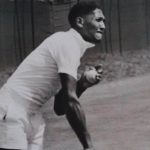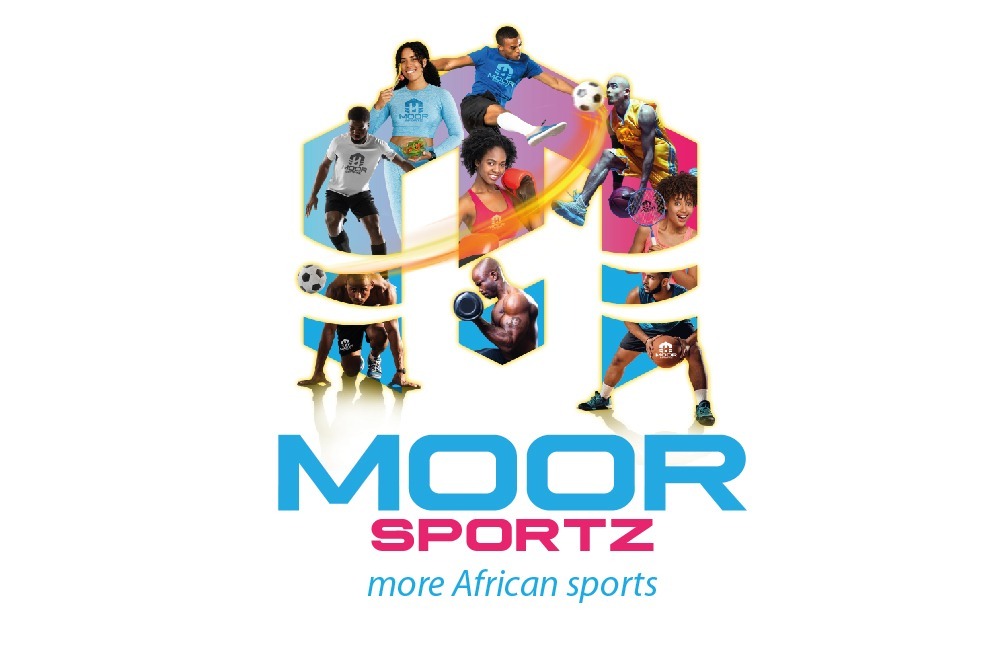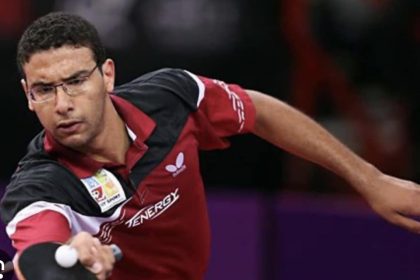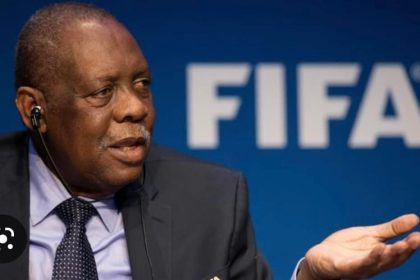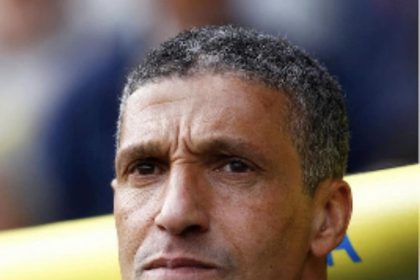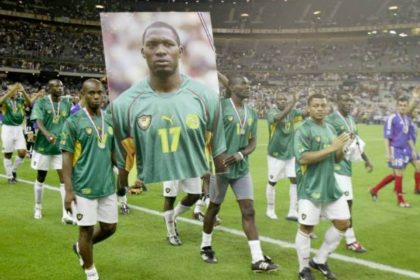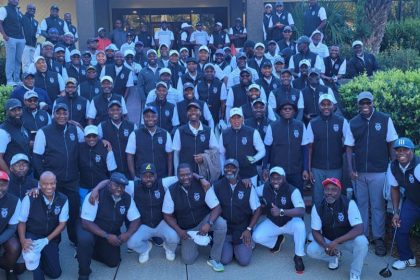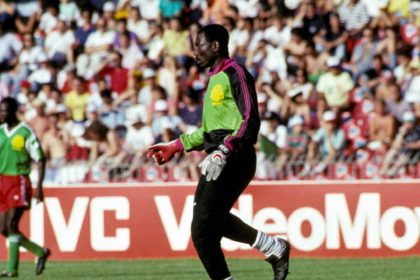For as long as African football has existed on the continental stage, it has been defined by a battle of regions. In the golden lights of Cairo, Algiers, Casablanca, and Tunis, North African clubs built dynasties that came to symbolize power, discipline, and continental mastery. From the glittering CAF Champions League triumphs of Entente de Sétif and JS Kabylie, Al Ahly, Zamalek, Esperance, Club Africain, Raja Casablanca, Wydad AC and Royal Armed Forces of Rabat, the North was football’s aristocracy, setting the standards others aspired to reach. Their long reigns of supremacy only punctured by a few clubs from the West and Central African nations.
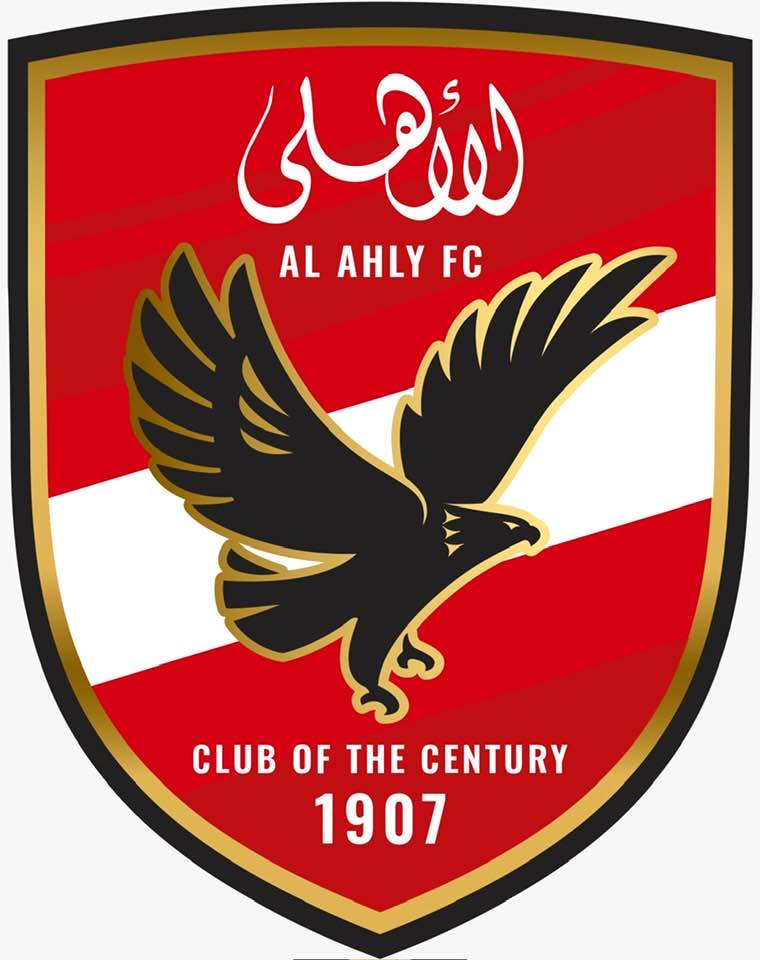
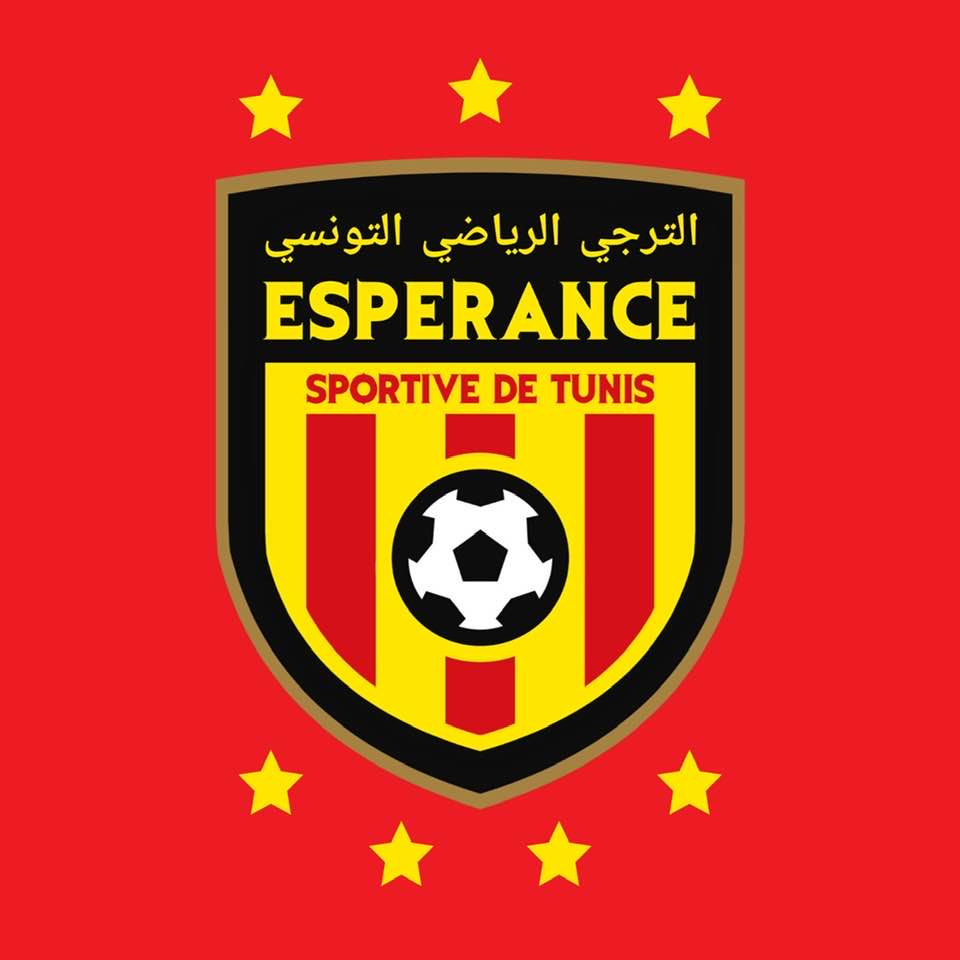
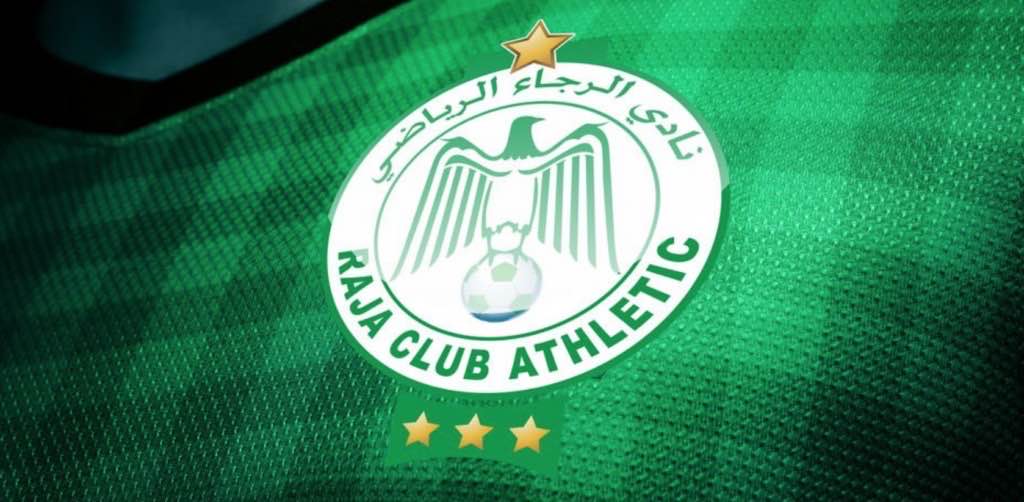
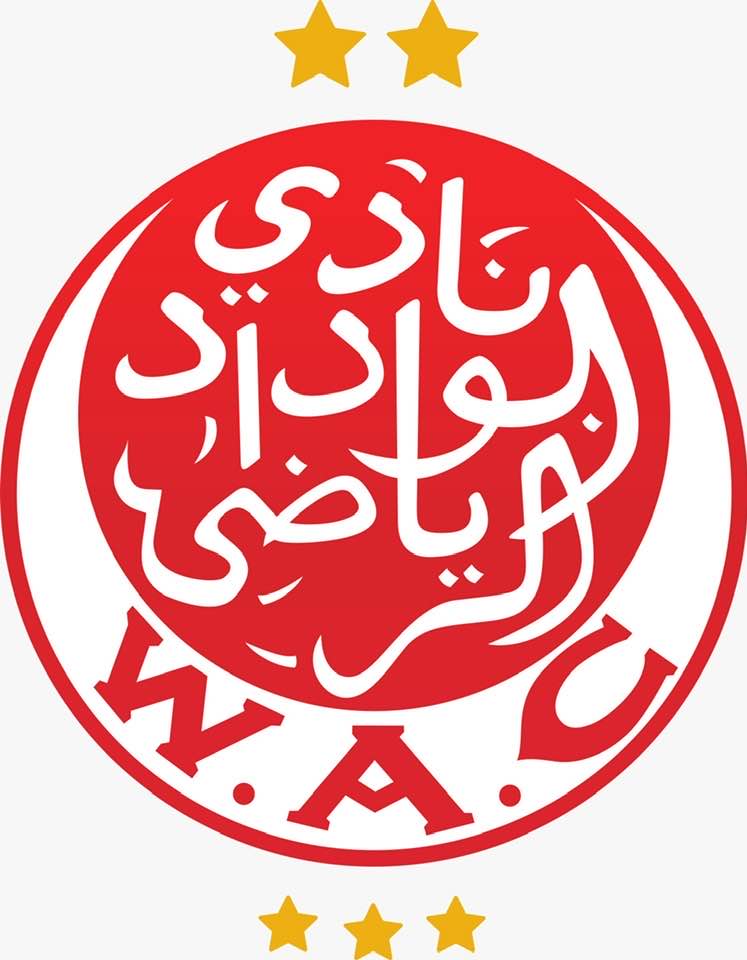
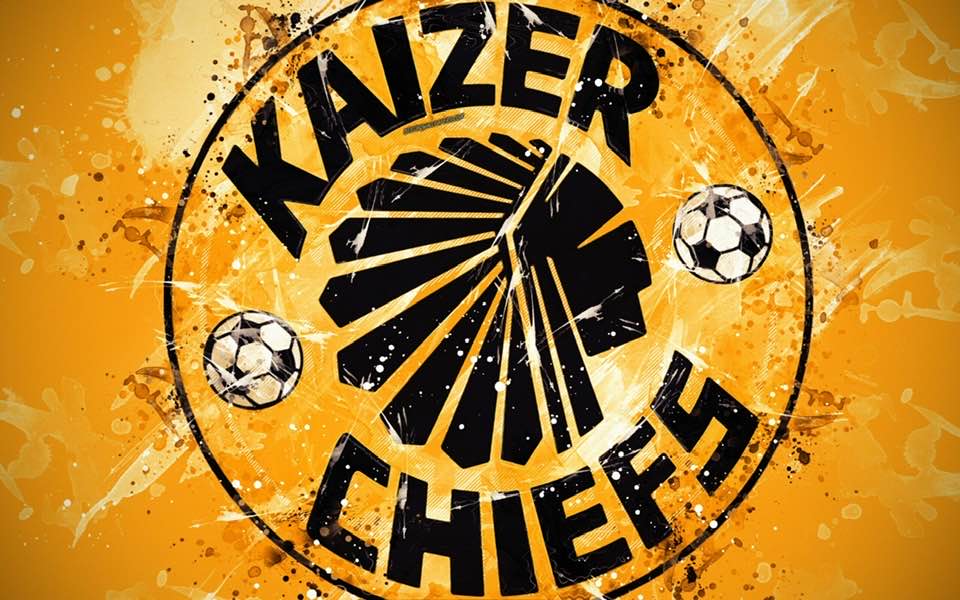
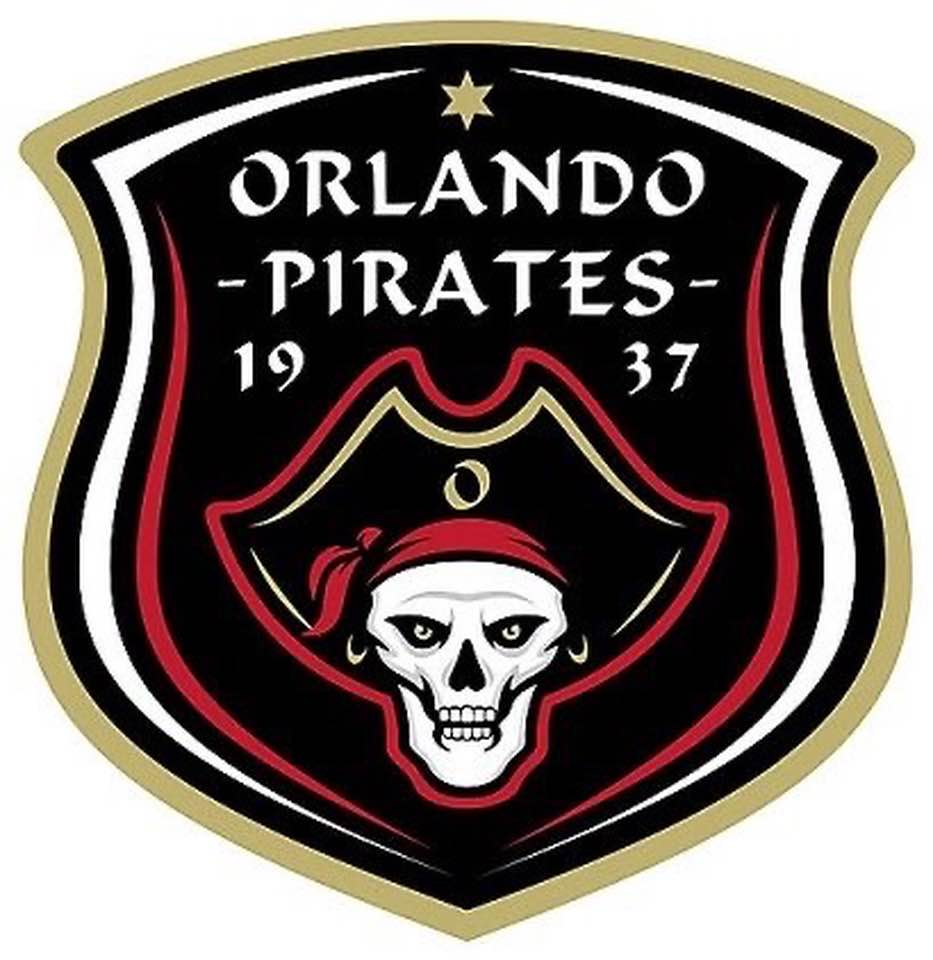
South of the Sahara, the story was different. Southern Africa’s football culture brimmed with flair, rhythm, and energy, but for decades, lacked the structures, finances, and continental pedigree to match their Northern counterparts, whose rise was largely down to the expansive and large economies of the North African teams. Clubs like Kaizer Chiefs and Orlando Pirates were domestic giants, while Mamelodi Sundowns gradually built a reputation for modern, well-organized football. Yet when it came to continental silverware, the balance long favoured the North. South Africa was coming out of the apartheid system, President Mandela took special interest in sports as a tool of building social cohesion and reconstruction, giving the pride of place to sports, especially football.
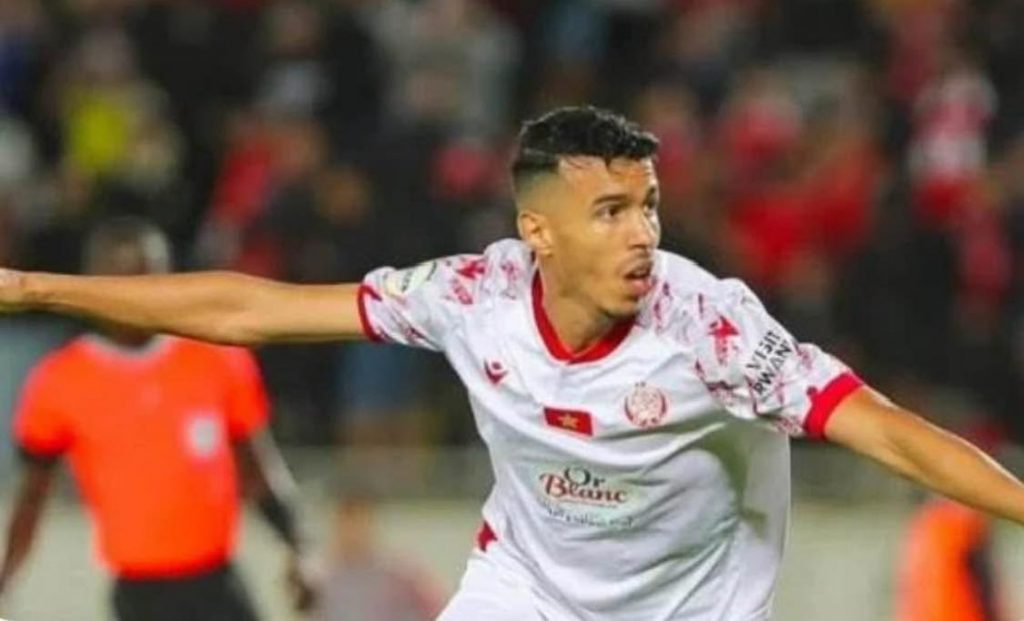
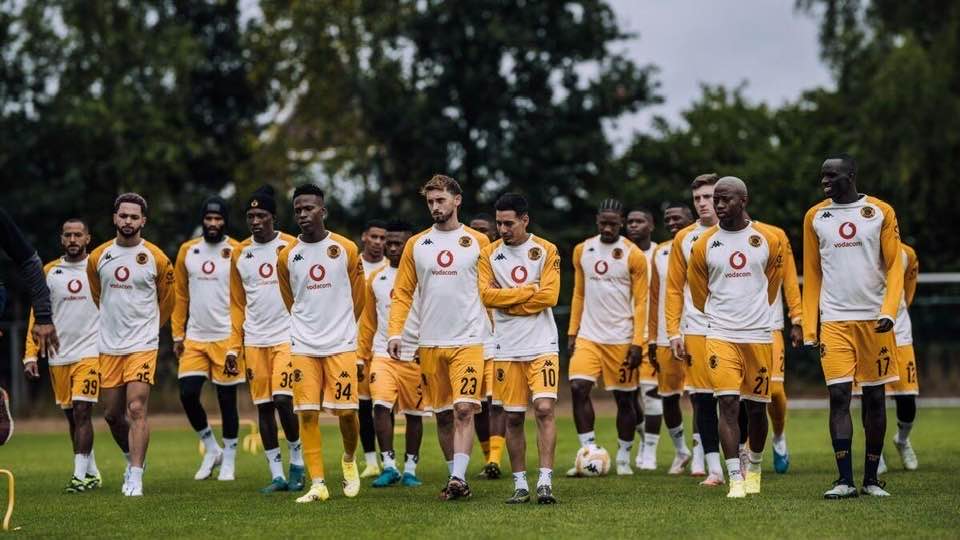

The North African domination story, however, is changing.
Speaking recently, The 1983 African footballer of the year, Mahmoud El Khatib who is the president of Al Ahly and himself a symbol of North African dominance in the 1980s, made a striking admission:
“The South side is becoming a big problem to the North side. They develop everything—coaches and good players.”
El Khatib’s candour highlights a historic shift. South Africa, once considered the challengers, has built a foundation that is beginning to unsettle the North’s dominance. The 1996 conquest of African football by the Bafana Bafana, signalled the dawn of a rising footballing giant, which started to come to fore in both the national and club football spheres.
This rise, was in part, a policy decision of the government to invest in sports as a means of social mobility. That quest was then in the other part, helped by the strong South African economy, with many global brands, able to support the growth of the sport commercially.
The turning point for South Africa as club football giants came in 2016, when Pitso Mosimane guided Mamelodi Sundowns to their first-ever CAF Champions League title. It was a statement win—not just for Sundowns, but for Southern African football. His soaraway success didn’t go unnoticed. When Al Ahly appointed Mosimane in 2020, it felt revolutionary: a South African coach entrusted with the weight of Africa’s most decorated club. Pitso became the poster boy for the ascent of South Africa technical and human personnel excellence in African football, commanding respect at home and abroad.
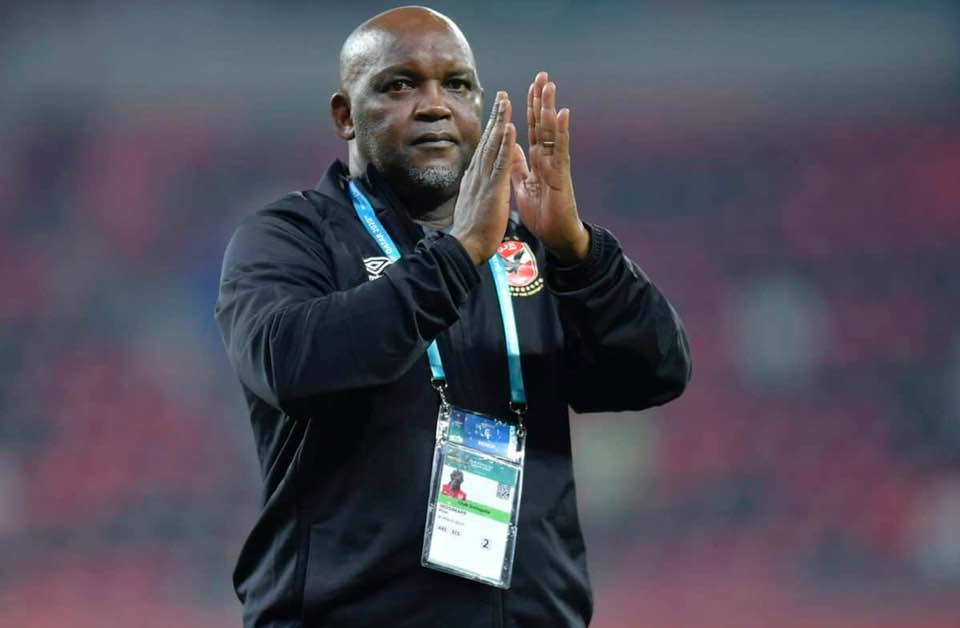
At Al Ahly, Mosimane wrote a remarkable chapter in African coaching history. In just under two years, he delivered:
Back-to-back CAF Champions League titles (2020, 2021), Two CAF Super Cups Egyptian Cup victory, Bronze medals at two FIFA Club World Cups. His winning percentage hovered near 65%, an elite record for a coach stepping into one of football’s most demanding jobs. Beyond the trophies, Mosimane brought tactical modernity, blending Al Ahly’s traditional discipline with the flair and fluidity of Southern African football.
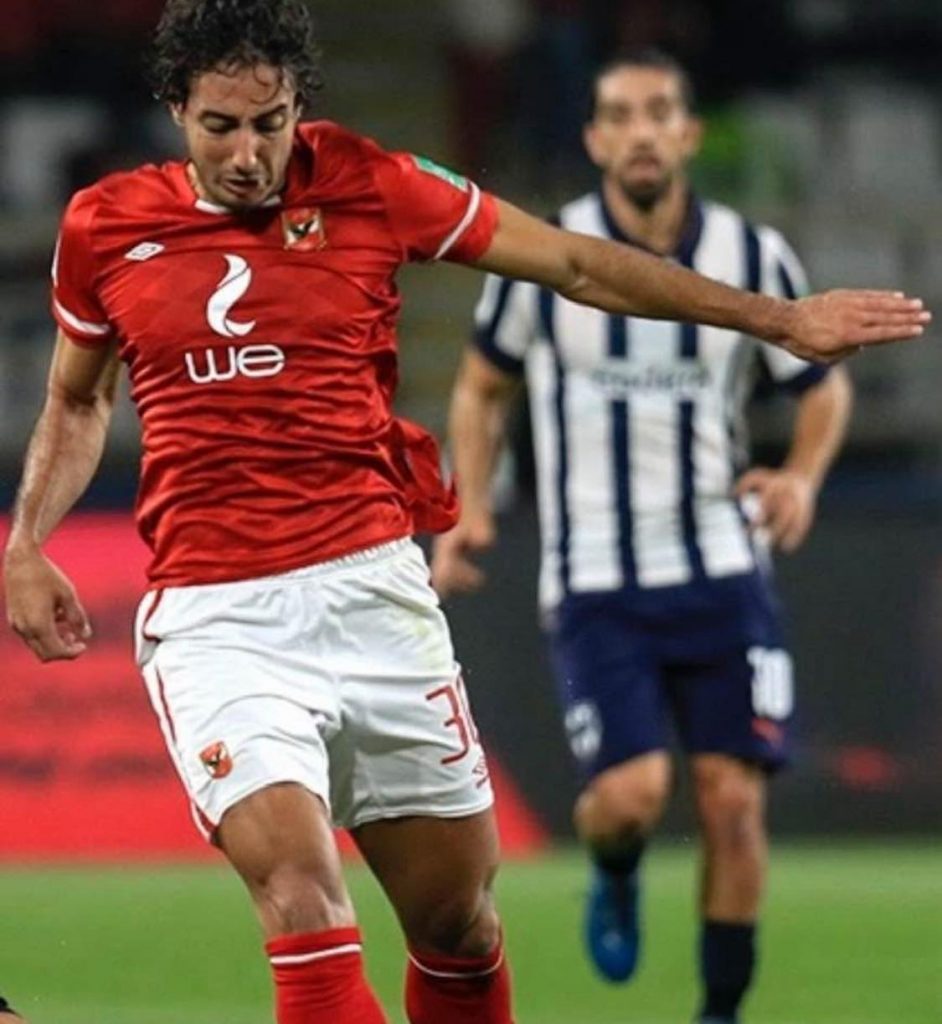
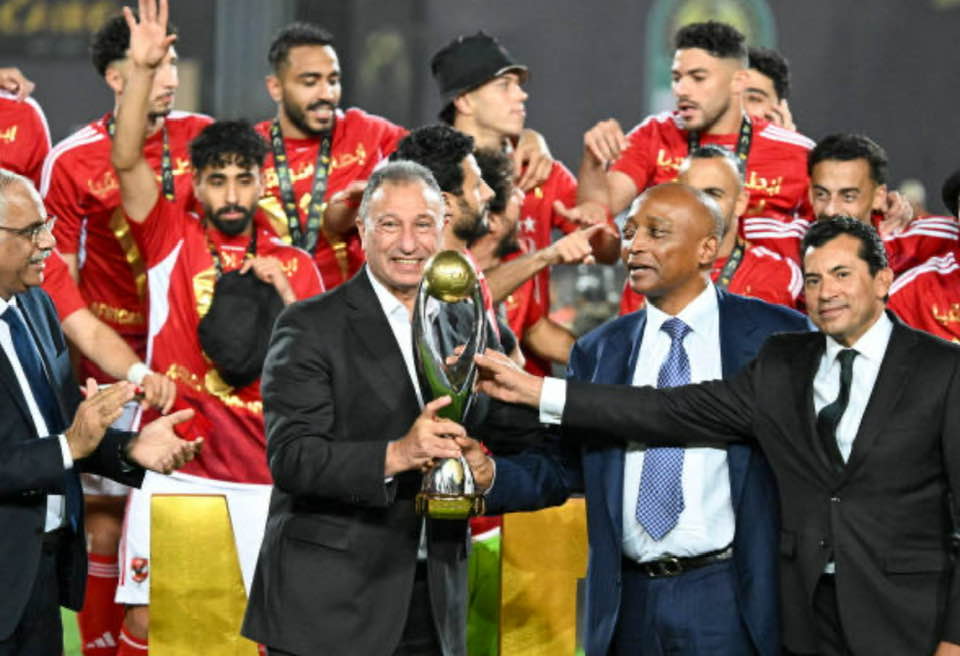
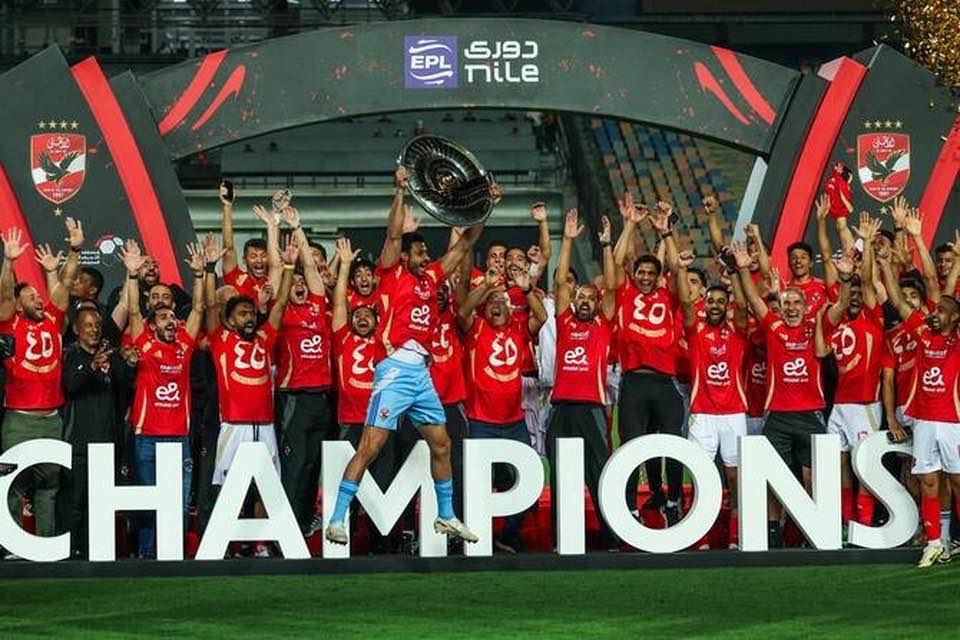
Even Al Ahly’s hierarchy acknowledged the difference. As El Khatib admitted:
“We took Pitso from Mamelodi and he did much better than other coaches in my opinion.”
For North African clubs long accustomed to appointing European or homegrown coaches, Mosimane’s success was a watershed. It demonstrated that South Africa had not only talent on the pitch, but also the managerial acumen to lead Africa’s giants.
The flow of footballing expertise from the South to North has only increased. Clubs like MC Alger have embraced coaches moulded in the Mamelodi Sundowns school of football, while Orlando Pirates’ resurgence has highlighted the tactical sophistication of Southern coaching.
El Khatib himself observed:
“We got another coach from Orlando (Jose Riveiro), whose team played like a furious Ferrari in the Champions League last season.”
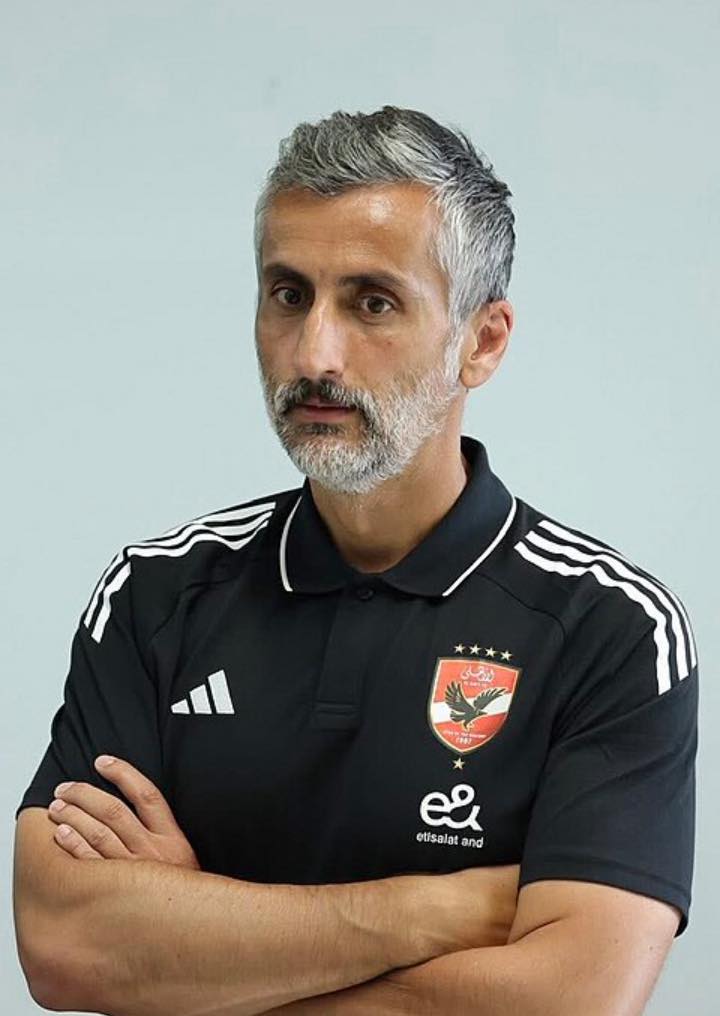
Meanwhile, the economic strength of the Premier Soccer League (PSL) has shifted the market. South African clubs now retain their top players and demand Europe-level fees, making it difficult for North African giants to raid their squads as in decades past.
“It’s difficult to get a player from there as their league is much stronger. So, they don’t come cheap,” El Khatib explained.
While North and South wage this compelling duel, a glaring question emerges: where are West and East Africa?.
West Africa has long been Africa’s greatest exporter of talent, producing superstars like Abedi Ayew Pelé, Didier Drogba, Samuel Eto’o, George Weah, Nwankwo Kanu, and Sadio Mané. Yet at club level, its giants— Canon Yaoundé, ASEC Mimosas of Ivory Coast, Djoliba FC of Mali, Hafia Conakry, Enyimba of Nigeria, Hearts of Oak and Asante Kotoko of Ghana, IICC (now 3SC) of Ibadan and Rangers International of Enugu, legendary Nigerian clubs with deep roots and passionate followings —have not kept pace in continental competitions.
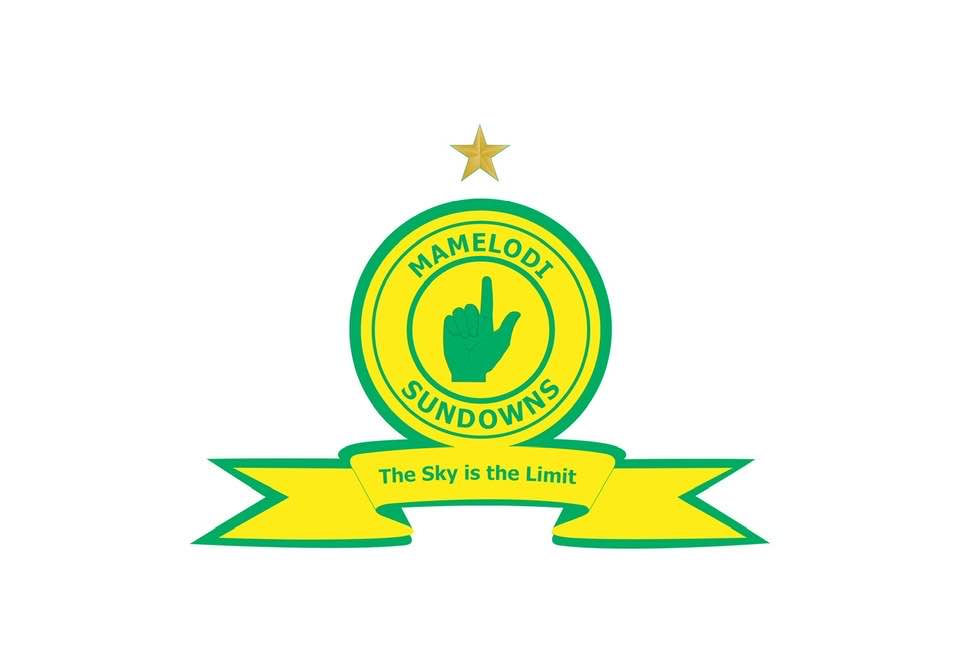
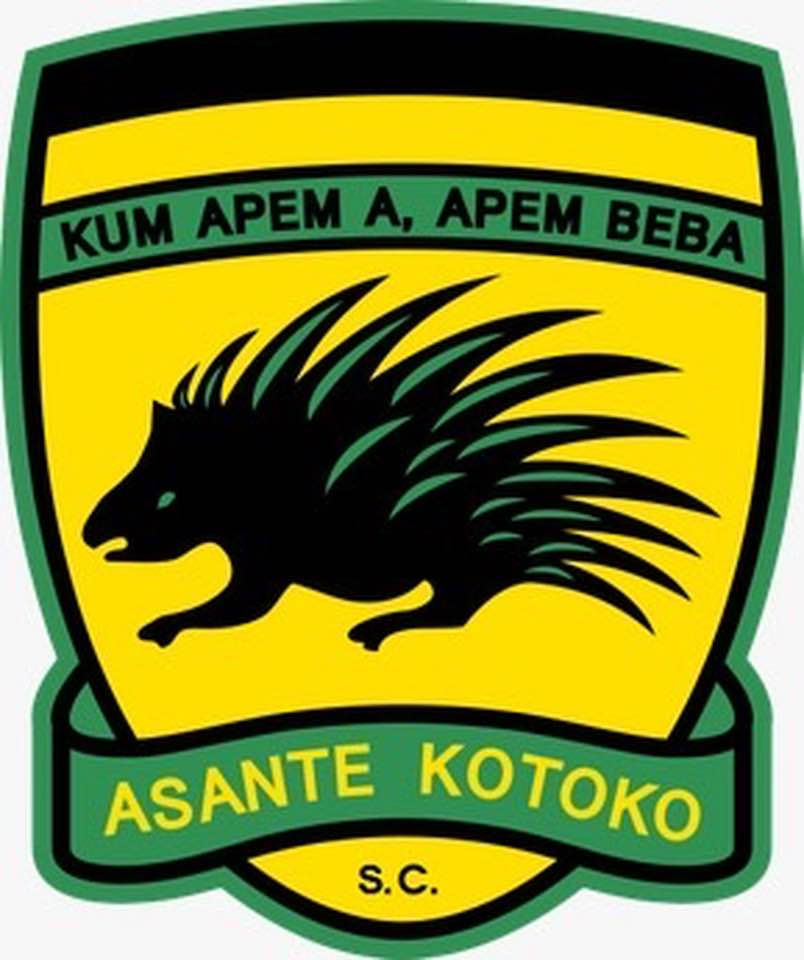
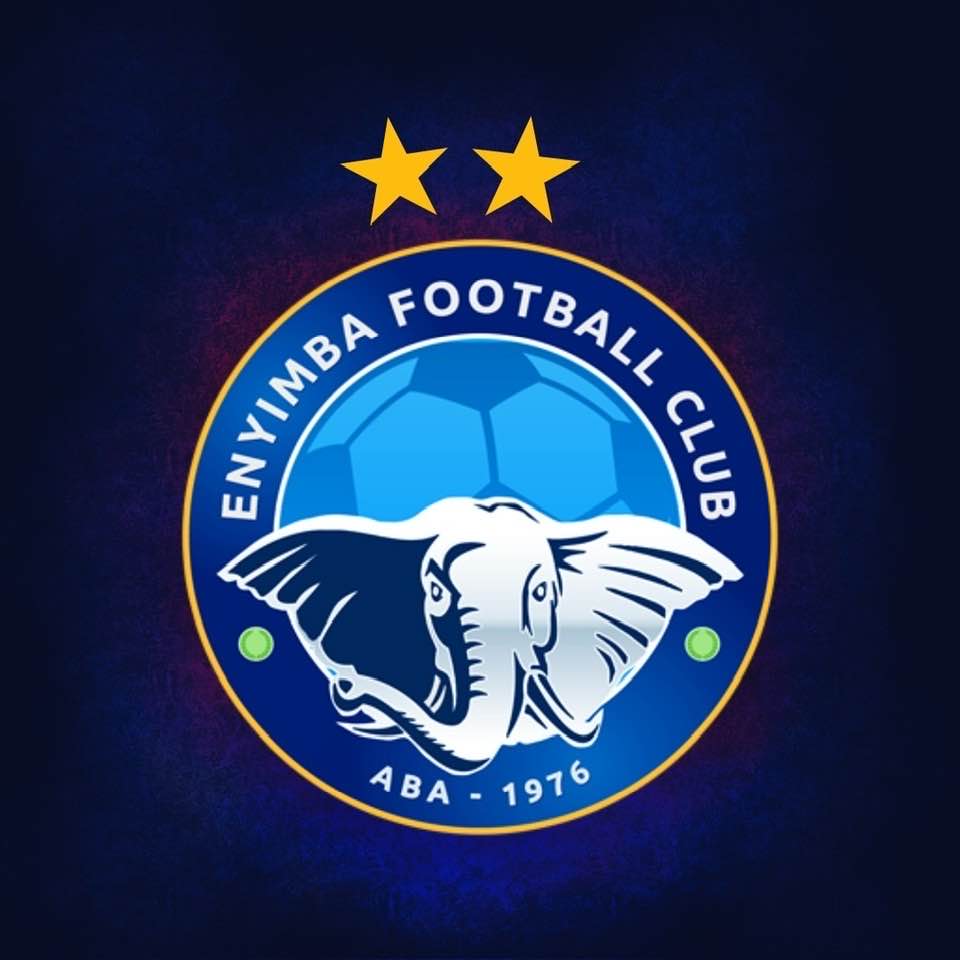
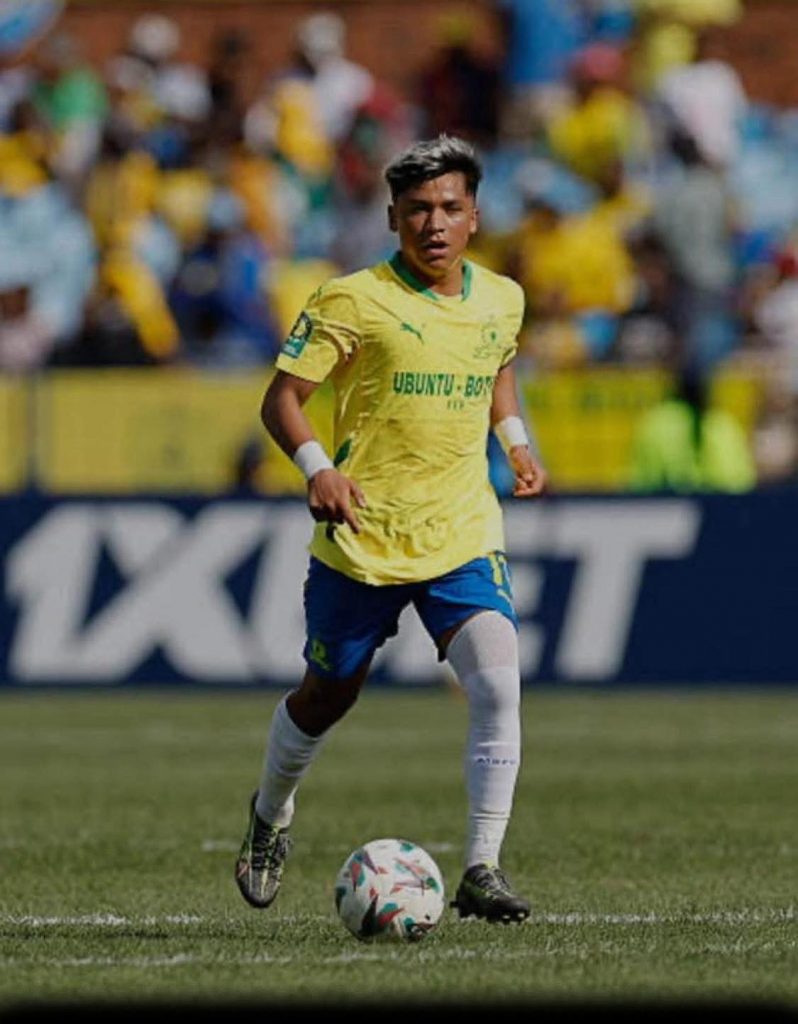

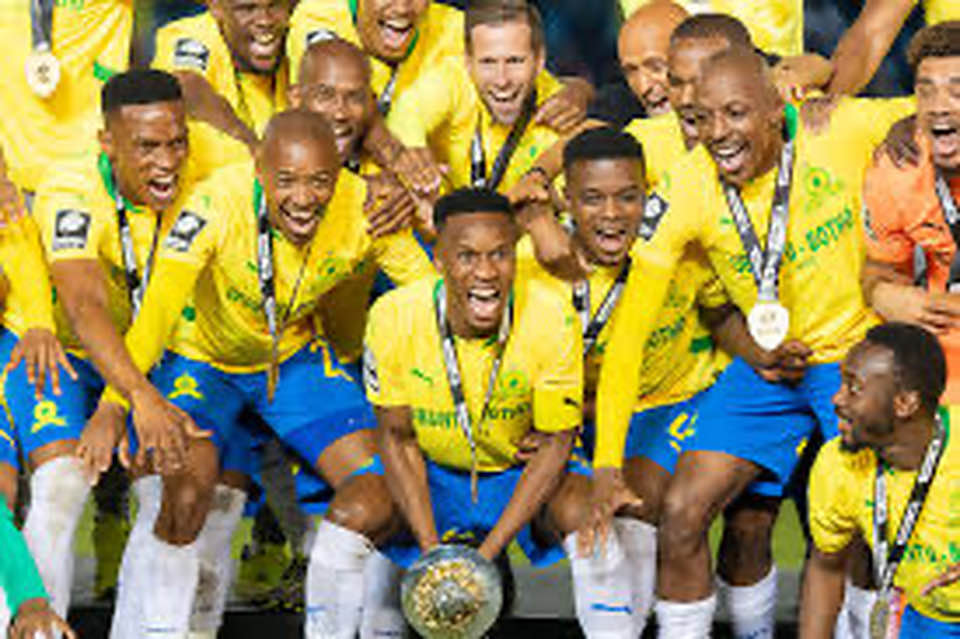
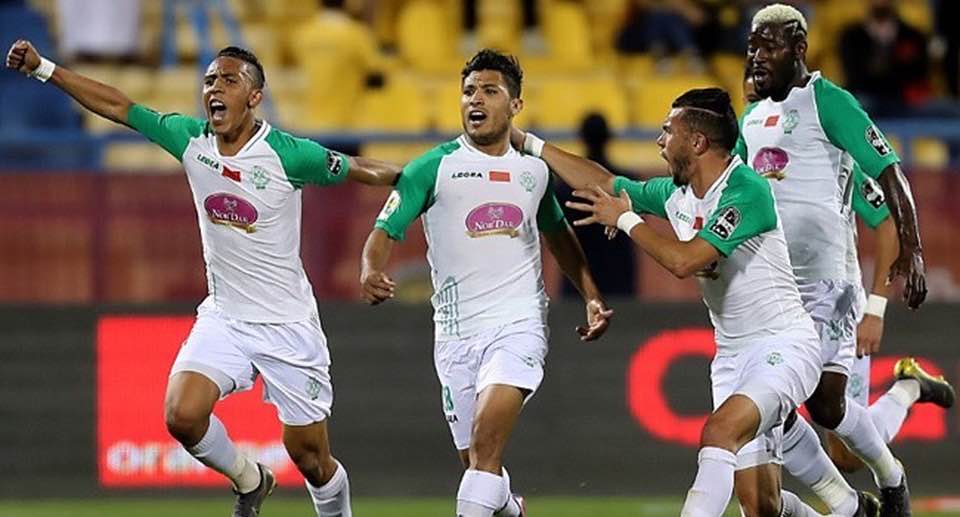
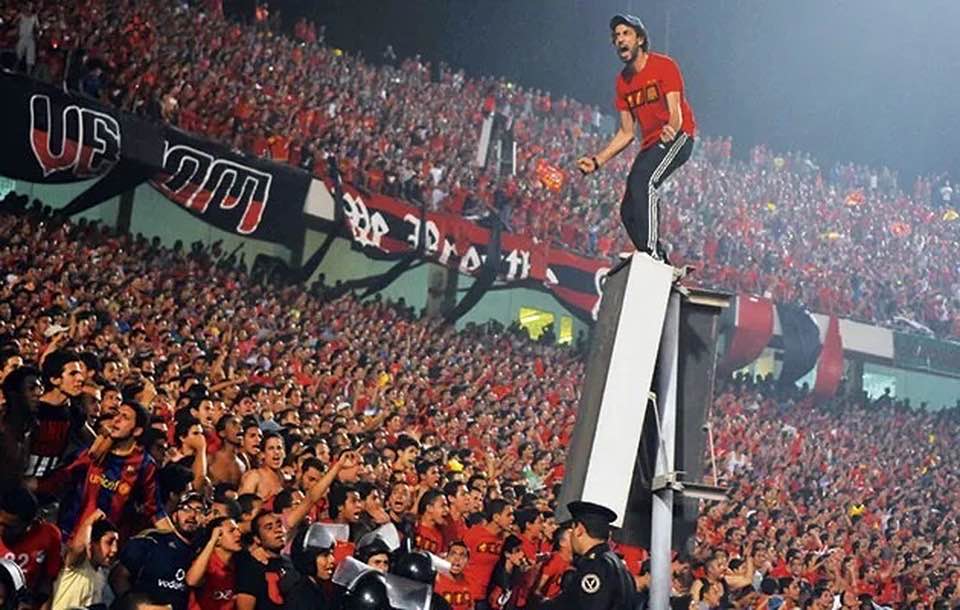
East Africa faces a similar challenge. Nations like Kenya, Uganda, and Tanzania boast passionate fan bases, but their clubs rarely break into the late stages of CAF tournaments. Gor Mahia (Kenya), AFC Leopards (Kenya), Simba SC (Tanzania), Young Africans SC (Yanga), TP Mazembe and AS Vita Club (DRC) were all once big names in African club football, barely getting mentioned in the same breath today.
Financial disparities owing to the fortunes of the national economy, weaker domestic leagues, and infrastructural gaps have left both regions lagging behind as North and South push African football to new heights.
For African football to truly thrive, the renaissance cannot remain a two-region story. West and East must rise to the challenge, investing in strong leagues, competitive clubs, and elite coaching structures.
The North-South divide in African football is more than a rivalry—it is the narrative that defines the sport’s growth. North Africa brings history, experience, and pedigree; the South brings innovation, flair, and now financial muscle. Together, they elevate the game.
From Al Ahly’s fortress on the Nile to Sundowns’ empire in Pretoria, from Raja’s green waves in Casablanca to Orlando Pirates’ black-and-white sea in Soweto, the clash is cultural, tactical, and deeply symbolic.
As Mahmoud El Khatib’s candid words remind us, African football supremacy is no longer guaranteed for the North. South Africa has forced its way into the conversation—and if West and East do not catch up soon, they risk being left behind.
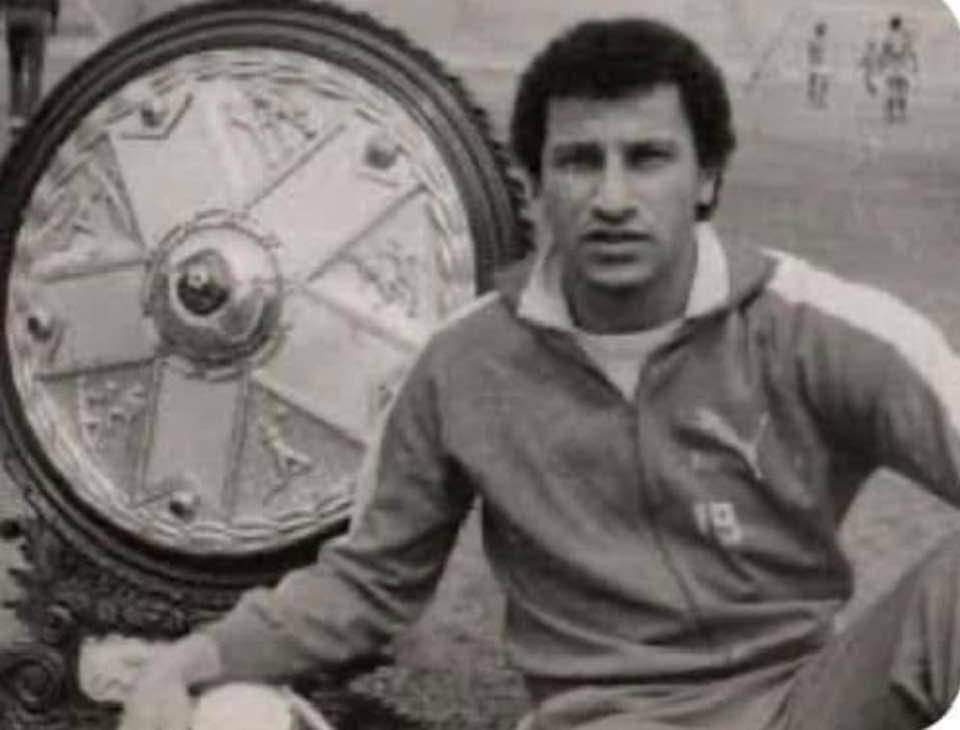
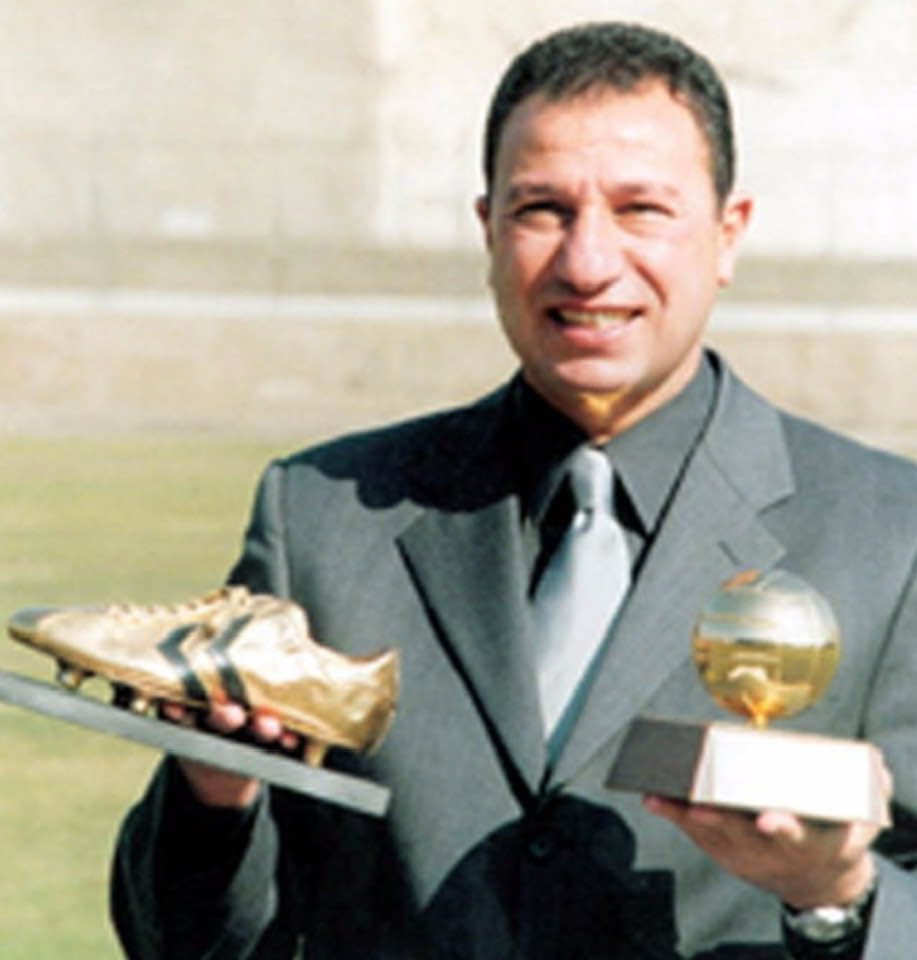
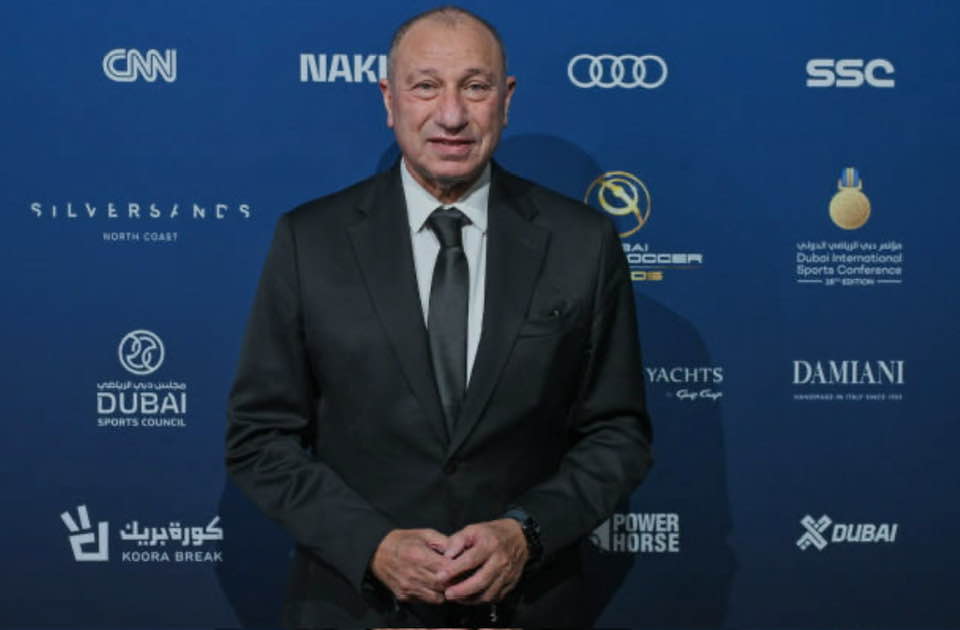
The battle is far from over. In fact, it may just be entering its most compelling chapter yet.
References:
- ‘Pitso is the best manager in Ahly’s history’ By Junaid Benjamin for Kick off magazine. July 1, 2024
- “Two glorious years: The misses and mostly hits of Pitso’s time at Al Ahly”. BY MARC STRYDOM for Times live magazine. 14 June 2022
- “Mosimane succeeds because he thrives under pressure” By Athenkosi Tsotsi, a sports reporter for Sowetan live. 25 May 2023.
Follow this link to subscribe to Moor Sportz’s YouTube channel https://youtube.com/@moorsportz?si=N6AjZfjQJEMOnV2J
You can also find us on the Twitter and Instagram, our coloured brand logo is unmistakable in the search engines.
Please note that we don’t have the copyright ownership of the photos here.
Story edited by Kehinde Fagbuaro


